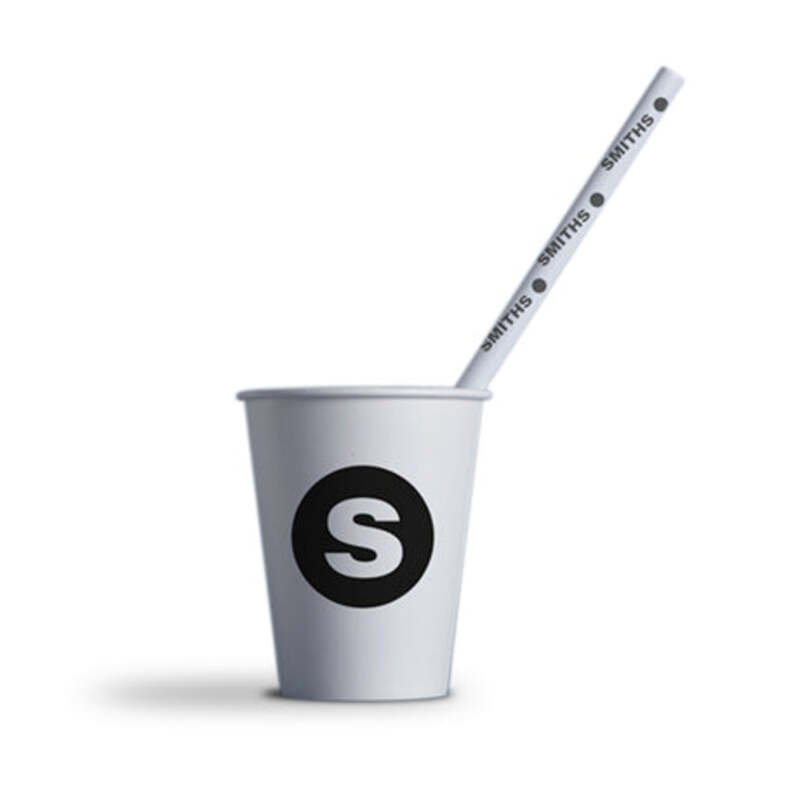The Evolution and Importance of Rigid Boxes in Packaging
In today's competitive market, the significance of packaging cannot be overstated. It is not merely a means of containment; it is an essential element that influences consumer behavior, shapes brand perception, and protects products. Among various packaging solutions, rigid boxes have emerged as a popular choice, gaining traction in industries ranging from luxury goods to electronics.
Rigid boxes, as opposed to their flexible counterparts, are constructed from sturdy materials, typically paperboard or cardboard, which gives them their unique structure and robustness. This durability makes them an ideal option for packaging high-value products. For instance, luxury brands often utilize rigid boxes to enhance their product's presentation and create a sense of exclusivity. When customers encounter a beautifully crafted rigid box, their anticipation and perceived value of the product within skyrocket.
One of the defining features of rigid boxes is their ability to be customized
. The rigid box can be designed and printed in numerous ways, reflecting a brand's identity and ensuring that the packaging is as captivating as the product itself. This flexibility in design opens the door for brands to innovate and differentiate themselves in crowded marketplaces. Manufacturers can employ various finishes, including embossing, foil stamping, and matte or glossy lamination, to create visually stunning packaging that resonates with consumers.rigid boxes

The role of rigid boxes extends beyond aesthetics; they also play a vital role in product protection. High-quality rigid boxes are engineered to withstand external pressures and physical impacts, ensuring that the enclosed products remain safe during transit and on retail shelves. This protective quality is particularly crucial for fragile items such as glassware, electronics, and gourmet foods. Additionally, the sturdy construction acts as a barrier against moisture, dust, and potential contaminants, which is essential for maintaining the integrity and quality of the product inside.
Environmental sustainability has become a key consideration for consumers and brands alike. Thankfully, rigid boxes can be crafted from recyclable materials, and many manufacturers are adopting eco-friendly practices to minimize their environmental impact. The shift towards sustainable packaging is transforming the industry, prompting brands to seek options that not only look good but also align with consumers' values regarding environmental responsibility. This trend is paving the way for innovative packaging solutions that incorporate recycled materials and use less energy in production processes.
Moreover, the rise of e-commerce has further heightened the significance of rigid boxes. With more products being shipped directly to consumers, the durability of rigid boxes offers a practical advantage. They safeguard against damage during transportation, ensuring that products arrive at their destinations in pristine condition. Brands that prioritize the unboxing experience through high-quality packaging can build customer loyalty and encourage repeat purchases, establishing a conducive environment for long-term business success.
In conclusion, rigid boxes have established themselves as a cornerstone of effective packaging in various industries. Their strong protective capabilities, customizable designs, and growing alignment with sustainability make them a versatile choice for brands looking to enhance their products' appeal. As consumer expectations continue to evolve, rigid boxes will likely adapt, incorporating new technologies and materials that prioritize both aesthetics and functionality. Companies that recognize the importance of quality packaging will undoubtedly gain a competitive edge and foster deeper connections with their customers, illustrating that packaging is indeed a crucial aspect of the overall consumer experience.



